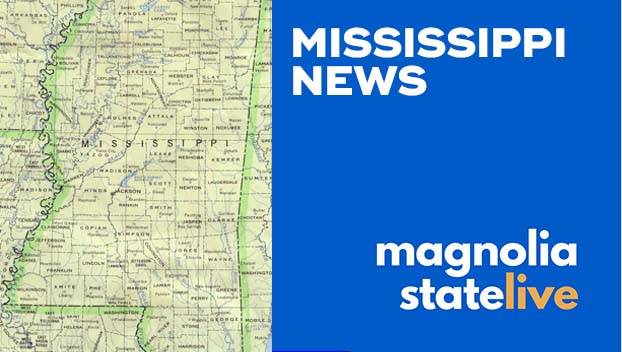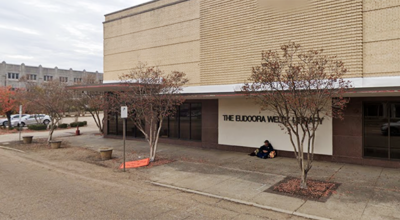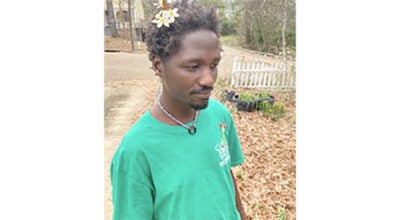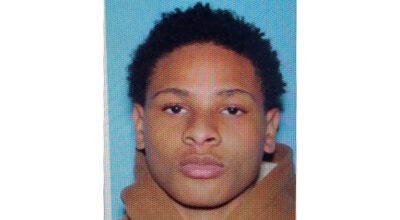All but three Mississippi community colleges saw enrollment declines this fall
Published 6:46 am Thursday, September 16, 2021
By Molly MInta
Mississippi Today
Enrollment continued to decline at Mississippi’s 15 community colleges this semester amid the coronavirus pandemic, according to preliminary numbers from the Mississippi Community College Board.
About 64,000 students are attending community college this semester, MCCB’s initial headcount shows, a drop of around 3,500 students from last fall.
The numbers represent a slight improvement from the start of last school year, when enrollment dropped by more than 5,000 students.
Each college provided the results shown below. The fall 2020 preliminary enrollment numbers are in (parentheses).
- Coahoma Community College – 1,499 (1,615)
- Copiah-Lincoln Community College – 2,913 (2,950)
- East Central Community College – 2,252 (2,427)
- East Mississippi Community College – 3,532 (3,481)
- Hinds Community College – 10,088 (10,639)
- Holmes Community College – 4,942 (5,446)
- Itawamba Community College – 4,641 (5,035)
- Jones College – 4,592 (4,887)
- Meridian Community College – 2,558 (2,900)
- Mississippi Delta Community College – 2,128 (2,011)
- Mississippi Gulf Coast Community College – 8,478 (8,800)
- Northeast Mississippi Community College – 3,284 (3,243)
- Northwest Mississippi Community College – 6,521 (6,962)
- Pearl River Community College – 5,082 (5,298)
- Southwest Mississippi Community College – 1,643 (1,888)
- 2021 Total – 64,153 / 2020 Total – 67,582
The longer this decline continues, the bigger the impact will be on community colleges and the working class students of color they serve. For one, community college funding in Mississippi relies in large part on tuition. A sustained period of depressed funding could affect services down the line. And for the students who aren’t enrolled, research shows the longer they don’t attend college, the less likely they will be to ever go.
“Students are the lifeblood of any community college campus,” said Kell Smith, MCCB’s interim executive director. “Our colleges are committed to actively recruiting students to come to a community college so they can transfer to a university or enter the workforce. And when they’re successful in that endeavor, the state is successful as well because we have a higher skilled workforce and a better educated citizenry.”
It’s not just Mississippi community colleges that are experiencing a decline. Across the country, these schools have lost students since the start of the pandemic with enrollment falling by more than 11%, according to the latest numbers from the National Student Clearinghouse.
Nationally, the decline is worse among students of color who comprise nearly half of all community college students. Among Black students, there was a 19% decrease in enrollment from fall 2019 to fall 2019, and among Hispanic students, there was a 16% drop, according to data from the National Student Clearinghouse.
MCCB’s preliminary numbers did not include a breakdown by race, gender or school year; that data will be available later in the semester when MCCB does a more detailed demographic count. From fall 2019 to fall 2020, the number of Black students at community colleges decreased by 8%, according to MCCB. The share of white students also fell by nearly 7% as the number of Hispanic students actually increased from 1,891 to 1,910.
This decline is somewhat surprising to higher education experts who expected to see enrollments rise as they did during the 2008 recession. In Mississippi, the Great Recession saw students flocking to community colleges to study trades from computers to nursing.
COVID may have triggered a recession, but there are still jobs available, Smith said.
James Gary, the dean of enrollment management at Mississippi Delta Community College, said he thought fear and uncertainty of the nature of the coronavirus led students to initially put off attending community college. A better understanding of COVID may now be leading them back to the classroom.
“Once people started to realize that we have a vaccine, we have all these safety measures in place to make sure the student had a safe learning experience, we’re going back to — air quotes — normal, they began to come back to us,” Gary said.
Located in Moorhead, MDCC was one of the three schools that did not see a decline in enrollment this semester. MDCC’s enrollment increased by around 115 students this fall, about half the students it lost from fall 2019 to fall 2020.
Gary, who started as dean of enrollment this summer, also credited the increase in students with MDCC reopening its dorms and advertising its Delta Rides program, which provides students with transportation to classes. He also implemented a canvassing program for students who had registered late, a sign they might not follow through with taking classes.
Northeast Mississippi Community College in Booneville also brought students back in person this semester. Chassie Kelly, the director of enrollment services credited the numbers to the school’s four-day instruction week, which allows students to more easily work while they take classes. She also thought a decrease in the rate for dual enrollment, the creation of a scholarship specifically for students studying career and technical programs, and instituting a direct-texting line with students helped bring them back.
“We were able to reach our students in ways that we never even thought of before,” she said.
Another concerning aspect of this decline is funding for the community colleges. Budgets decreased during the 2008 recession even as enrollment went up, and community colleges have been playing catch-up with funding ever since. Shrinking enrollments could affect services when students finally do come back to community colleges in full force, Kelly said.
“Our decline in enrollment affects all areas, from student services to travel as far as conferences to train our faculty and staff,” Kelly said. “When enrollment goes down it affects every area of the campus.”
In turn, that has economic implications for Mississippi, with the community colleges housing career and technical training as well as workforce development.
“That’s one of our focuses as a community college is getting students into the workforce,” Kelly said. “If the students don’t enroll, we don’t get them there.”






